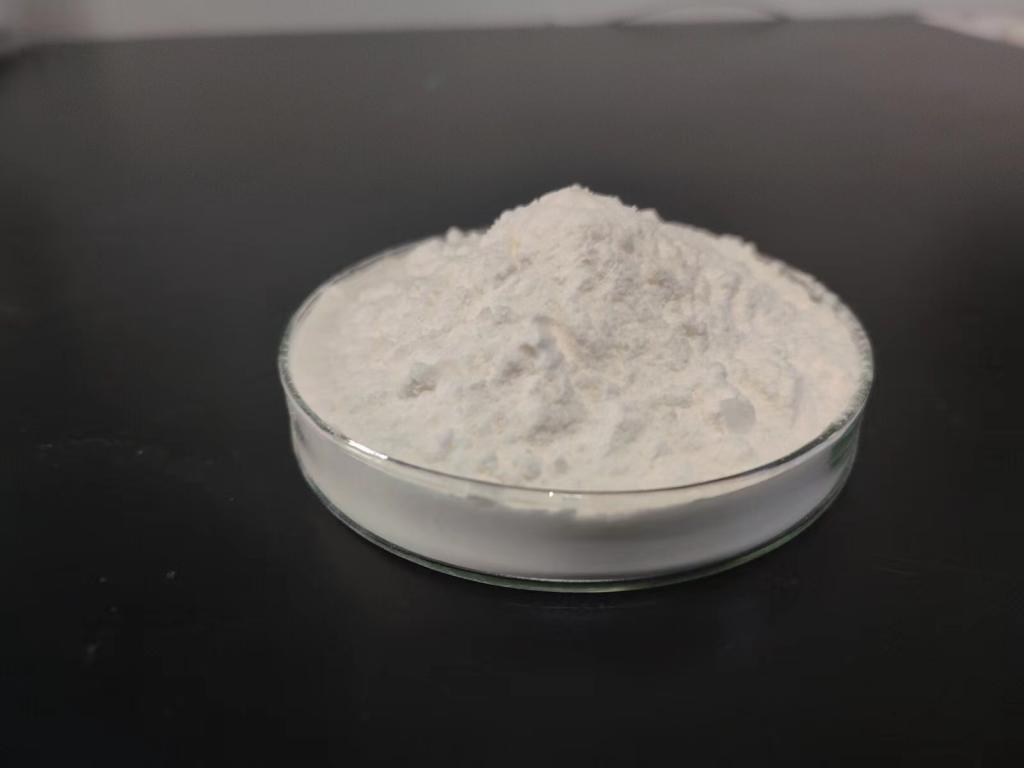Tel:+8618231198596

News
 CONTACT
CONTACT
 CONTACT
CONTACT
- Linkman:Linda Yao
- Tel: +8618231198596
- Email:linda.yao@dcpharma.cn
- Linkman:CHARLES.WANG
- Department:Overseas
- Tel: 0086 0311-85537378 0086 0311-85539701
News
ε-Polylysine Hydrochloride's Collaborative Efforts Against Antibiotic Resistance Transfer.
TIME:2023-09-22
Antibiotic Resistance Transfer: A Growing Concern
Antibiotic resistance occurs when bacteria evolve mechanisms to resist the effects of antibiotics, rendering these drugs ineffective. One significant contributor to the rise of antibiotic resistance is the horizontal transfer of resistance genes between bacteria. This transfer can occur through several mechanisms:
a. Conjugation: Bacteria can exchange genetic material, including antibiotic resistance genes, through direct cell-to-cell contact using a conjugative plasmid.
b. Transformation: Bacteria can take up DNA fragments released by other bacteria, incorporating new genetic material and potentially acquiring antibiotic resistance.
c. Transduction: Bacteriophages, viruses that infect bacteria, can transfer genetic material between bacteria, including antibiotic resistance genes.
d. Transposons: Mobile genetic elements known as transposons can move antibiotic resistance genes within or between bacterial genomes.
ε-Polylysine Hydrochloride: An Overview
ε-Polylysine hydrochloride, often referred to as ε-poly-L-lysine or ε-PL, is a biopolymer produced by certain strains of bacteria, most notably Streptomyces albulus. It has a unique structure composed of multiple lysine residues linked together by peptide bonds. ε-Polylysine is water-soluble and possesses several notable properties that make it a promising candidate for combating antibiotic resistance transfer:
a. Antimicrobial Activity: ε-Polylysine exhibits strong antimicrobial activity against a wide range of bacteria, including both Gram-positive and Gram-negative species. It disrupts bacterial cell membranes, leading to cell lysis.
b. Food Preservative: Due to its safety and efficacy, ε-polylysine is commonly used as a food preservative in various products, including meat, dairy, and beverages.
c. Biodegradable: ε-Polylysine is biodegradable, making it an environmentally friendly choice for various applications.
d. Low Toxicity: Studies have shown that ε-polylysine has low toxicity to humans and animals, further highlighting its safety profile.
Inhibiting Antibiotic Resistance Transfer
Research has revealed ε-polylysine hydrochloride's potential to inhibit antibiotic resistance transfer through various mechanisms:
a. Disruption of Plasmid Transfer: ε-Polylysine can interfere with conjugation, a key mechanism of antibiotic resistance gene transfer. It disrupts the conjugative plasmid's stability, preventing its successful transfer between bacteria.
b. Prevention of Transformation: ε-Polylysine has been shown to inhibit the uptake of DNA fragments by bacteria, hindering the transformation process. This interference limits the acquisition of new resistance genes.
c. Bacteriophage Inhibition: ε-Polylysine's antimicrobial properties extend to bacteriophages, potentially reducing their ability to transfer resistance genes between bacteria.
d. Transposon Control: ε-Polylysine can limit the mobility of transposons, which play a role in the dissemination of antibiotic resistance genes within bacterial genomes.
Applications and Potential Collaborative Efforts
ε-Polylysine hydrochloride's role in inhibiting antibiotic resistance transfer holds promise for several applications:
a. Healthcare Settings: ε-Polylysine can be integrated into infection control protocols in hospitals and healthcare facilities to reduce the spread of antibiotic resistance.
b. Food Safety: As a food preservative, ε-polylysine can indirectly contribute to reducing antibiotic resistance transfer through the food chain.
c. Agriculture: In agriculture, ε-polylysine can be explored as a potential tool to limit antibiotic resistance transfer in livestock and aquaculture settings.
d. Biotechnology: Biotechnological applications may involve the use of ε-polylysine to control the horizontal transfer of genetic material in engineered bacterial strains.
Challenges and Considerations
While ε-polylysine hydrochloride shows promise in inhibiting antibiotic resistance transfer, several challenges and considerations must be addressed:
a. Dosage and Concentration: Determining the optimal dosage and concentration of ε-polylysine for various applications and bacterial strains requires further research.
b. Resistance Development: Assessing the potential for bacteria to develop resistance to ε-polylysine over time is essential.
c. Regulatory Approval: Ensuring that ε-polylysine-based interventions comply with regulatory standards and safety guidelines is crucial for their widespread adoption.
d. Interactions with Other Agents: Investigating potential interactions between ε-polylysine and other antimicrobial agents, antibiotics, or chemicals used in various applications.
Conclusion
The horizontal transfer of antibiotic resistance genes among bacteria represents a critical challenge in the global fight against antibiotic resistance. ε-Polylysine hydrochloride, with its potent antimicrobial properties and the potential to disrupt the mechanisms of resistance gene transfer, offers a collaborative approach to combat this issue. As research and development efforts continue, ε-polylysine's role in inhibiting antibiotic resistance transfer may become an invaluable tool in safeguarding the efficacy of antibiotics and preserving our ability to treat infectious diseases effectively. Collaborative efforts between researchers, healthcare professionals, and industries are essential to fully harness the potential of ε-polylysine in this critical battle against antibiotic resistance.
- Tel:+8618231198596
- Whatsapp:18231198596
- Chat With Skype







